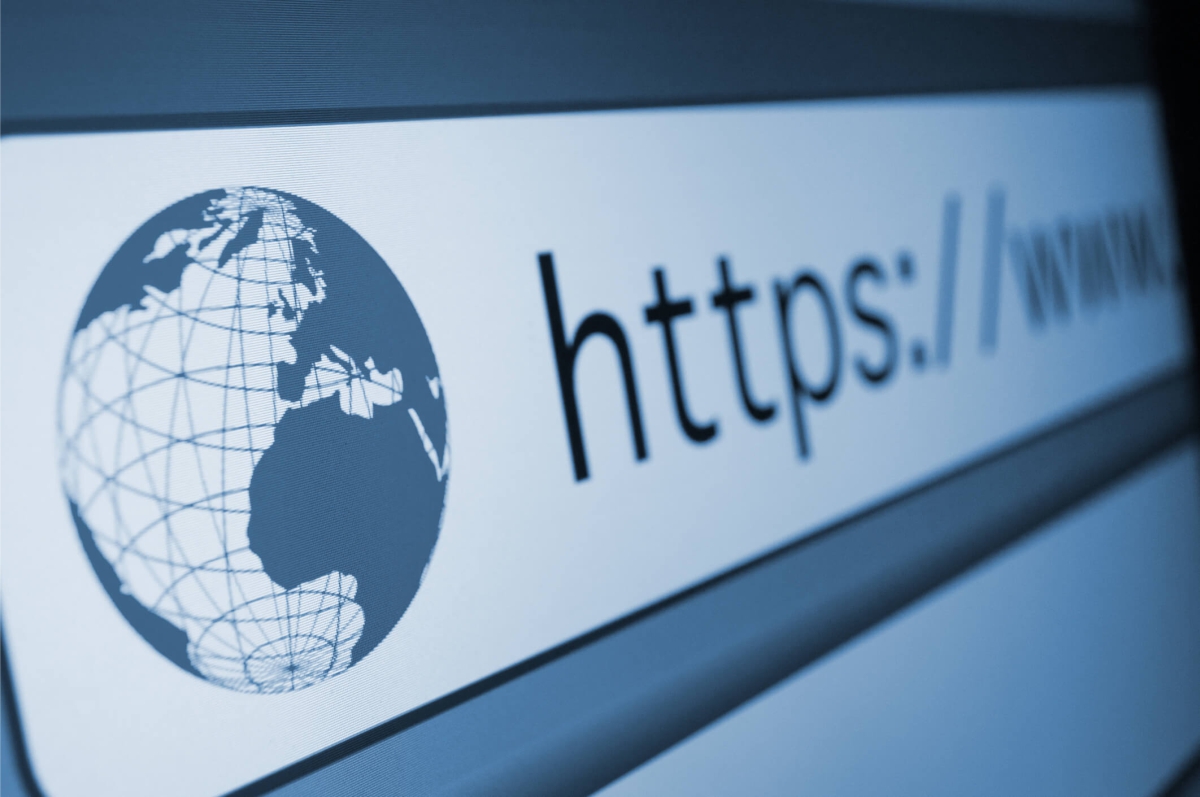URLs can play an important role in improving your SEO. Learn how to structure your URLs effectively to provide search engines with crucial information to rank better.
URL structure might be one of the most overlooked SEO opportunities. People put the effort into the on-page and off-page optimizations but forget the importance of effective URLs.
If you’re looking for ways to grow and improve your organic traffic on your website, take some time to review your URL structures. We’ll make some recommendations for good structures and problems to look out for.
The Basics of SEO-friendly URL Structures
Your website’s URLs provide more details to inform search engines about the content on your webpages. Poor URL structures use a series of numbers or letters without real meaning, making it tough for search engines to understand. Or, they lack a strong hierarchy to provide more details about the page content.
Here’s a look at some important elements to consider for your URLs.
- Always use HTTPS as search engines see this as more trustworthy to send their visitors to.
- Make sure that your main keyword is part of the URL path.
- Location-specific pages should include that location as part of the URL path.
- Include parent page information in the URL path. For example, the URL for a pair of men’s jeans might look like this: myapparrelwebsite.com/mens/pants/jeans/low-rise-classic
- Keep URLs short and concise where possible. This is especially true for blog articles with long titles. Consider using the blog’s main keyphrase instead of the full article name.
- Avoid including numbers or special characters in your URLs because these can confuse search engines or clutter your URLs unnecessarily.
- Use all lowercase for your URL.
- Spell words correctly in your URLs. Always proofread your URLs before publishing.
- In place of spaces between words in your URLs, use hyphens. These are universally read as spaces within URLs and easy for search engines to interpret.
Can I Fix URLs After I’ve Published My Website?
It’s never too late to re-evaluate your URL structures. While it’s certainly easiest and best to launch a website with effective URL structures, you can go back and fix your URLs once you’ve published the site.
The important element of fixing URLs is to create 301 redirects. Otherwise, anywhere that has your old URLs will provide a 404 error. So all that time you’ve spent building backlinks will be lost entirely. Before you embark on fixing your URLs, take these important steps.
- Redirects on your website might be fairly simple depending on what CMS you use. If your CMS is not friendly to creating redirects, you’ll need to hire a website developer who can ensure these redirects are in place before you launch your new URLs.
- Create a spreadsheet of all URLs on your website. Go through the list and make a second column for the URLs you want to change. Document what the old link is and what you’re changing that link to. This will be an important document for your developer and for checking to make sure your redirects are working once you implement everything.
- Complete the page-by-page URL updates. Your developer might also be able to do this in a faster way if you have many pages that need new URLs.
- Implement your redirects. Go back to your spreadsheet and check to make sure that all page redirects were successful.
- Resubmit your XML sitemap in Google Search Console.
Expert SEO Strategy
If you’re looking for an expert SEO strategy, New Light Digital can help. With expertise in helping businesses rank for target keywords and an emphasis on customer service, you won’t regret hiring our team of experts. Request a free quote for more information.

